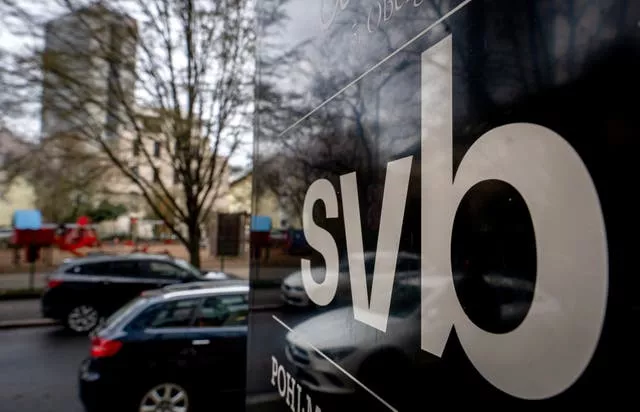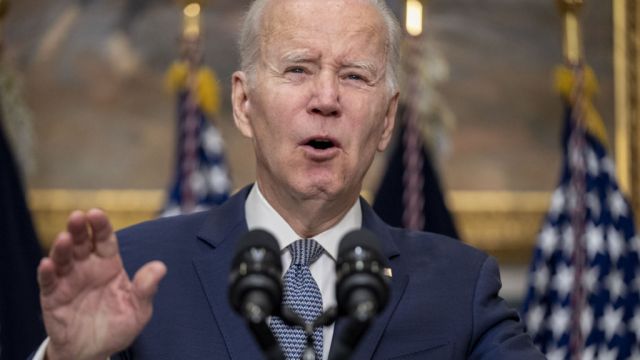President Joe Biden has told US residents that the nation’s financial systems are sound, following the stunning collapse of two banks that prompted fears of a broader upheaval.
“Americans can have confidence that the banking system is safe,” the US leader said from the Roosevelt Room before a trip to the West Coast.
“Your deposits will be there when you need them.”

US regulators closed the Silicon Valley Bank on Friday after it experienced a traditional bank run, where depositors rushed to withdraw their funds all at once.
It is the second-largest bank failure in American history, behind only the 2008 failure of Washington Mutual.
In a sign of how fast the financial bleeding was occurring, regulators announced that New York-based Signature Bank had also failed.
The president, speaking from the Roosevelt Room shortly before US markets opened, said he would seek to hold those responsible to account, and pressed for better oversight and regulation of larger banks.
This morning, the Government and the Bank of England facilitated a private sale of Silicon Valley Bank UK to HSBC
Deposits will be protected, with no taxpayer support
I said yesterday that we would look after our tech sector, and we have worked urgently to deliver that promise— Jeremy Hunt (@Jeremy_Hunt) March 13, 2023
He also promised no losses would be borne by taxpayers.
Governments in the US and UK both took extraordinary steps to prevent a potential banking crisis.
American regulators worked through the weekend to find a buyer for Silicon Valley Bank, which had more than $200 billion in assets and catered to tech start-ups, venture capital firms, and well-paid technology workers.
While those efforts appeared to have failed, officials assured all of the bank’s customers that they would be able to access their money on Monday.
The Bank of England and UK Treasury said they had facilitated the sale of the Silicon Valley bank’s London-based subsidiary to HSBC, Europe’s biggest bank, ensuring the security of £6.7 billion of deposits.
The assurances came as part of an expansive emergency lending program intended to prevent a wave of bank runs that would threaten the stability of the banking system and the economy as a whole.







